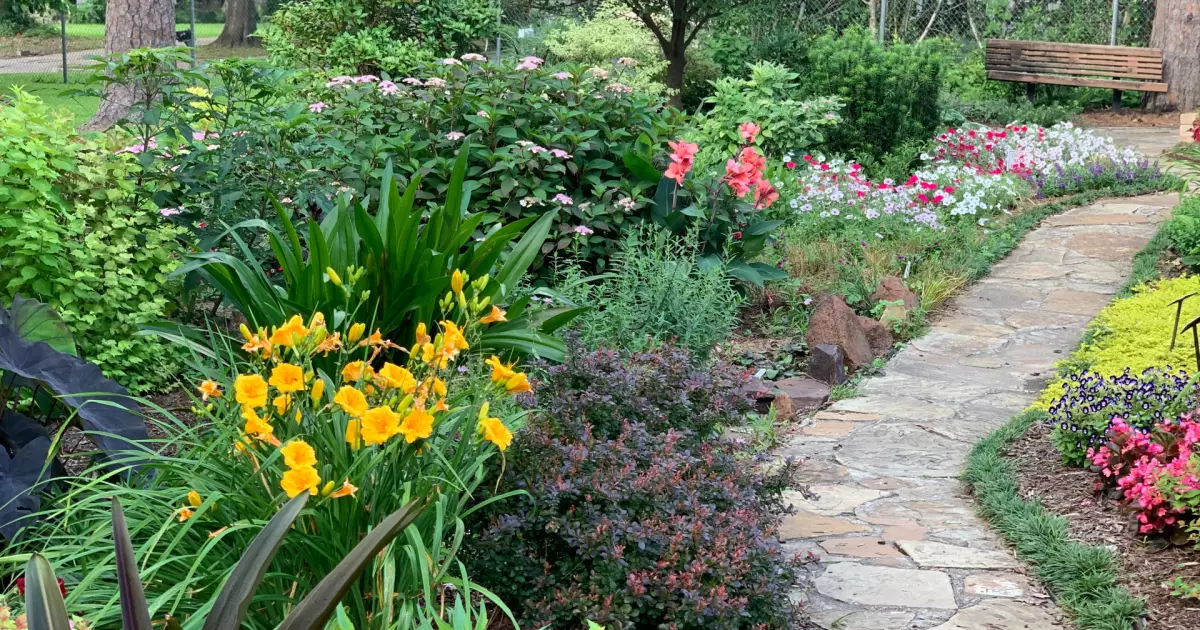Garden's Edge: The Latest Trend in Landscaping
If you are looking to add a touch of elegance and sophistication to your outdoor space, then the latest trend in landscaping, "Garden's Edge," might be just what you need. Garden's Edge refers to the art of designing and creating gardens that seamlessly blend into the surrounding landscape, with a natural and organic feel. This trend is becoming increasingly popular among homeowners who want to create a backyard oasis that feels like a natural extension of their home.
So, what exactly is Garden's Edge, and how can you incorporate it into your landscaping? Let's take a closer look.
Garden's Edge: The Basics
At its core, Garden's Edge is all about creating a seamless transition between your garden and the surrounding landscape. This means choosing plants, flowers, and trees that complement the natural environment and blend in with the surrounding flora. It also means incorporating elements like rocks, stones, and natural pathways to create a cohesive and natural-looking design.
One of the key principles of Garden's Edge is the use of native plants and flowers. These plants are naturally adapted to the local environment and require less maintenance than exotic plants, making them an ideal choice for those looking to create a low-maintenance garden. Additionally, native plants are often better for the local ecosystem, as they provide food and habitat for local wildlife.
Incorporating Garden's Edge into Your Landscaping
If you're interested in incorporating Garden's Edge into your landscaping, there are a few key things to keep in mind. First and foremost, you'll want to choose plants and flowers that are native to your area. This will help create a natural-looking garden that blends in seamlessly with the surrounding environment.
You'll also want to consider the layout of your garden. Garden's Edge designs often feature natural pathways and winding trails that encourage exploration and discovery. Consider incorporating elements like stepping stones, wooden bridges, or even a small water feature to create a sense of movement and flow within your garden.
Finally, don't forget to consider the hardscape elements of your design. Elements like rocks, stones, and boulders can add visual interest and texture to your garden, while also providing natural borders and retaining walls. Just be sure to choose materials that complement the natural environment and don't feel out of place.
The Benefits of Garden's Edge
So, why are so many homeowners turning to Garden's Edge for their landscaping needs? There are several key benefits to this style of design, including:
-
Natural Beauty: Garden's Edge designs are all about creating a natural and organic look that blends seamlessly with the surrounding environment. This can create a sense of tranquility and peace in your outdoor space, helping you feel more connected to nature.
-
Low Maintenance: By choosing native plants and flowers, you can create a low-maintenance garden that requires less water, fertilizer, and pest control. This can save you time and money in the long run, while also helping to reduce your environmental impact.
-
Habitat Creation: Garden's Edge designs often incorporate native plants and flowers that provide food and habitat for local wildlife. By creating a garden that supports local ecosystems, you can help promote biodiversity and support the health of your local environment.
-
Increased Property Value: A well-designed garden can add value to your property, making it a smart investment for homeowners who are looking to improve their outdoor space.
In conclusion, Garden's Edge is a trend that is here to stay. By incorporating natural elements and choosing native plants, you can create a beautiful and low-maintenance garden that seamlessly blends in with the surrounding landscape. So why not give it a try and transform your outdoor space into a peaceful oasis?
Categories: Seasonal, Gardening | Authored by: RE DESIGN | Posted: 04/19/2023
